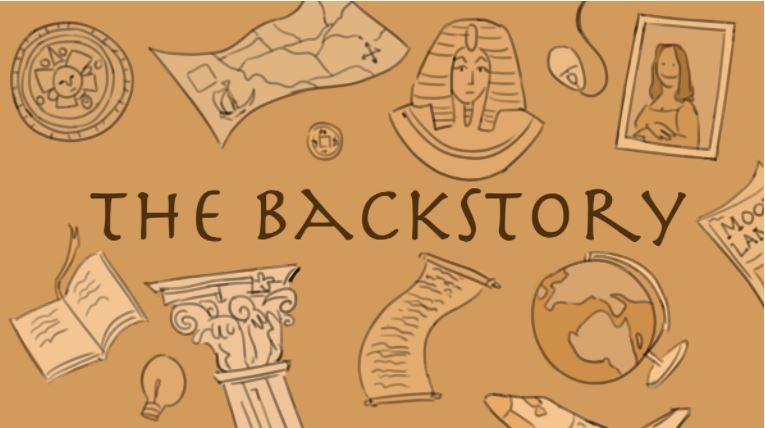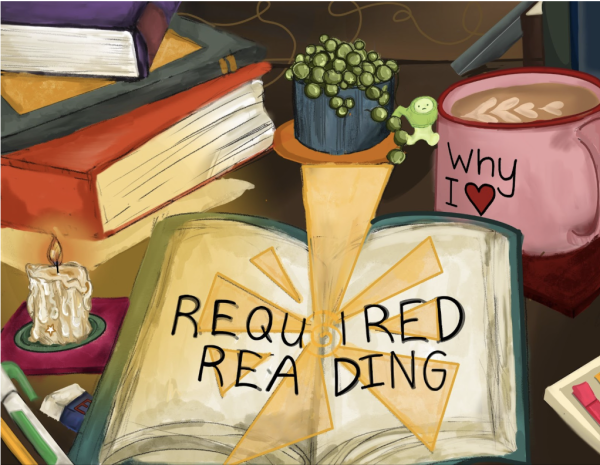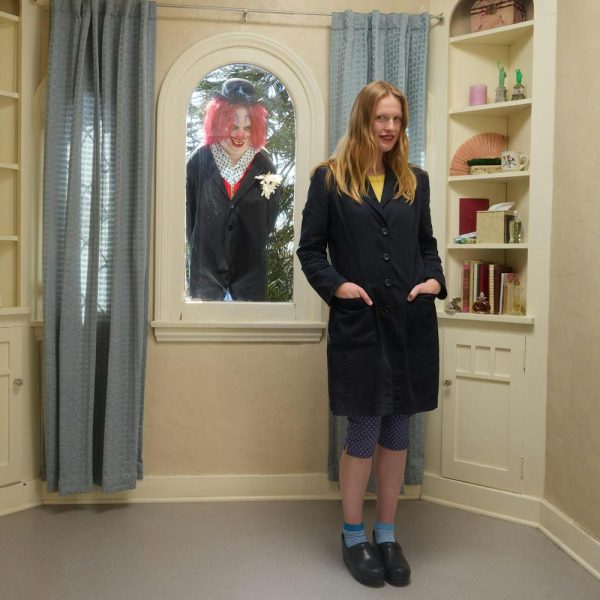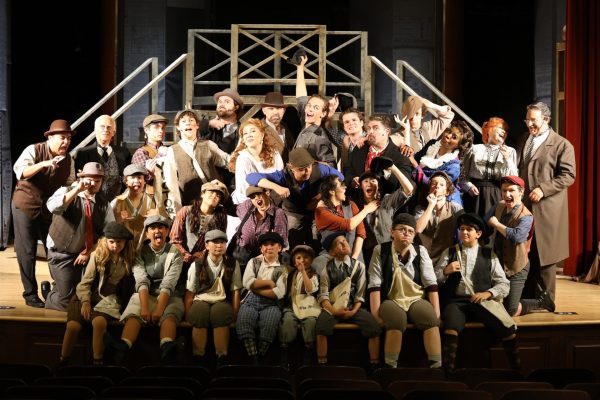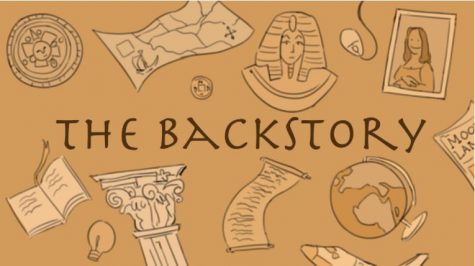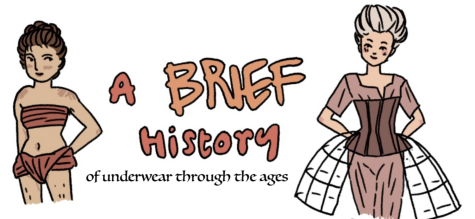The Backstory: How Weird Clothes Brightened Up the Dark Ages
The Backstory is a column celebrating fun and forgotten history!
The Backstory is a column celebrating fun and forgotten history!
I’m pretty sure they weren’t called the “Dark Ages” because of their poor clothing trends, but the Medieval world sure had its fair share of questionable fashion choices. From pointy hats to super long shoes, history teaches us that Medieval fashionistas left a lot to be desired, and not enough to the imagination. You think that dude who gets waaaaaay too into his costume for the Renaissance festival is weird? Just try these Gothic garments.
The Crakow
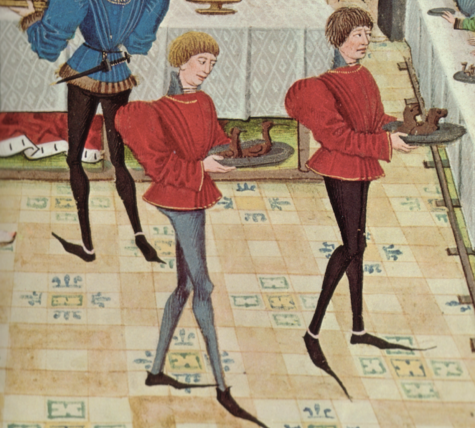
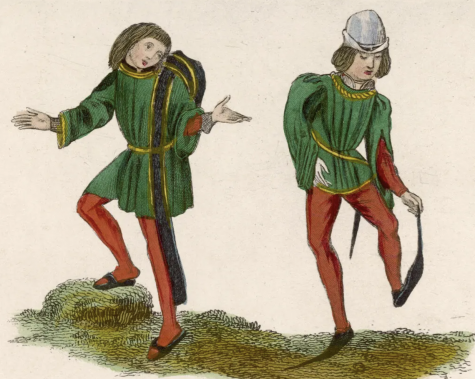
Everyone knows that beauty is pain; few wore it so well as the aristocrats of Medieval Europe. After super-long shoes came into vogue in Krakow, Poland (hence the name, “crakow,”) they quickly became a status symbol among wealthy men. The longer the toe, the richer the dude, essentially. As the upper crust found themselves racing to reach the longest loafers possible, collapsing over their clown shoes became an inevitability. Desperate to stay upright, the nobility stayed up all night stuffing their floppy feet with wool, fur, wooden inserts, or even moss. The evident impracticality of such lengthy loafers meant that you wouldn’t be toppling over around town in your five-inch toes, but rather sitting in your palace, ordering servants to fetch this or that while you admired your own fancy feet. However, the public’s enthusiasm for the flamboyant footgear went a little too far. Eventually the court of King Edward IV of England actually outlawed the shoes, proclaiming toes that extended over two inches too risque to wear, sell, or make. The public was toe-tally crushed, but it was probably a good idea in hindsight: archeologists recently identified crakows as the cause of a number of foot problems in late Medieval skeletons who never heeled from their insole-induced ailments.
The Hennin
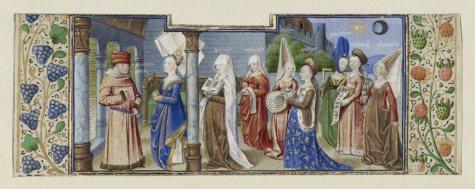
Have you ever wanted to look like a unicorn, or, better yet, a unicorn with a little piece of silk flying out of your horn? What about a goat? A goat with a white sheet sitting between its ears? Or do you want to keep it classy and just strap a cone to your head?
If you answered “yes” to any of the above, then a hennin is the hat for you! Also… you’re weird.
The hennin originated in Burgundy around the 1430s. The classic single-cone design was known as a Steeple Hennin or Cornet, but a number of varieties caught on. These included butterfly hennins and flowerpot hennins (which looked exactly like they sound) and the absurd double-coned escoffion. Hennins became representative of social class, too, when sumptuary laws in Burgundy ruled that only individuals with an annual income of ten pounds or more could wear hennins. It didn’t stop there — most noblewomen were relegated to hennins of 24 inches or shorter, while princesses were allowed up to a yard of height. The lengths to which they’d go were so extreme that some royal palaces increased the height of their doors and hallways just so royalty could pass from room to room without having to remove their hennins. Hats off to that dedication!
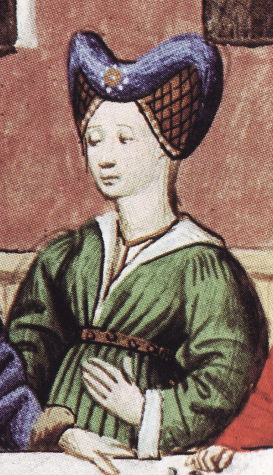
The Chaperon
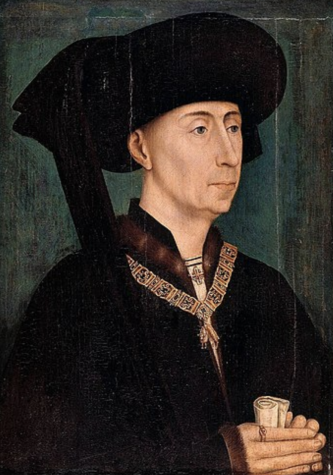
50% cape. 50% hat. 100% look-at-me-because-I’m-rocking-a-giant-sock-on-my-head! What could be better? Chaperons truly did it all.
The tubular toppers first showed up in the 13th century as a rain-poncho kind of hood/cape combo. They exploded in popularity in the mid-1400s when a dizzy genius flipped the part of the head originally intended as a vertical opening for the face and turned it into a horizontal opening for the head. The chaperon became a hat, and the liripipe, or giant wad of cloth hanging off the end, became a customizable fashion statement that cap-tivated the continent. Chaperons could be styled a number of ways, with the liripipe wrapped up around the head, turban-style, draped across the neck like a scarf, or they could hang down, tucked fashionably into a belt. Medieval aristocrats believed that bigger was better, and eventually liripipes got so long that it wasn’t uncommon for them to touch the ground! It was just about then that people realized wearing all that cloth around your head was a significant price toupee for style, and chaperons shrunk until eventually falling out of fashion.
Honorary Mention: The Ruff
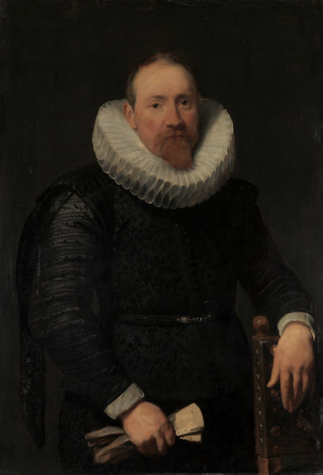
The ruff, a 16th-century European invention so popular, so practical, so stylish it transcended age, gender, and social class. It might be best described as coffee-filter-meets-cone-of-shame-meets-necklace-meets-waffle.
Gotta wear one? That’s…ruff.
Ruffs were initially created for pure functionality — removable collars could be strapped onto shirts (preventing dirt from getting inside the clothing), then washed separately (to avoid wasting water on washing the shirt, which didn’t actually touch the wearer’s skin). Ruffs rose to prominence when English aristocracy took a trend too far, turning them into huge, uncomfortable, impractical, awkward, and–if I may say–rather ugly symbols of wealth. Widely popularized by Queen Elizabeth I’s personal passion for the garment, ruffs could be, at the height of their vogue, over a foot wide. As the decades wore on and the ruffs just got bigger, and bigger, and bigger, the decadence of owning one became even more extreme: they were so big and so unwieldy, that a ruff could only be worn once before permanently losing its iconic cone-of-shame style and becoming effectively useless. A serious historian would tell you that the 1500s were Renaissance, not Medieval, and therefore ruffs don’t count as a weird fashion of the Dark Ages. But as a silly (read: underqualified) historian, I’m willing to let it slide.
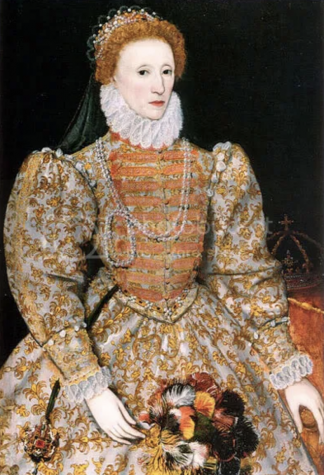

Ilena is passionate about stories— especially histories— good snacks, and bad puns. She has been on Spyglass for a very long time. Ilena is a senior.




























![Dr. Zanita Kelly, Director of Lower and Middle School, pictured above, and the rest of Westridge Administration were instrumental to providing Westridge faculty and staff the support they needed after the Eaton fire. "[Teachers] are part of the community," said Dr. Kelly. "Just like our families and students."](https://westridgespyglass.org/wp-content/uploads/2025/03/dr.-kellyyy-1-e1748143600809.png)






















